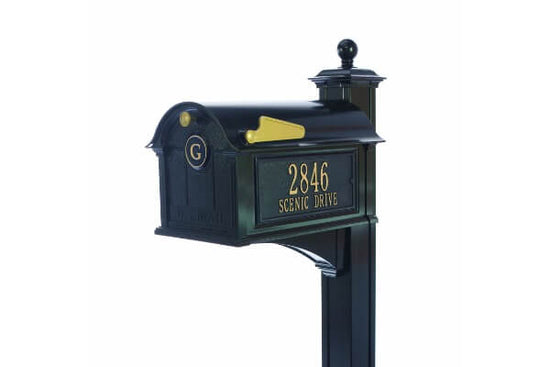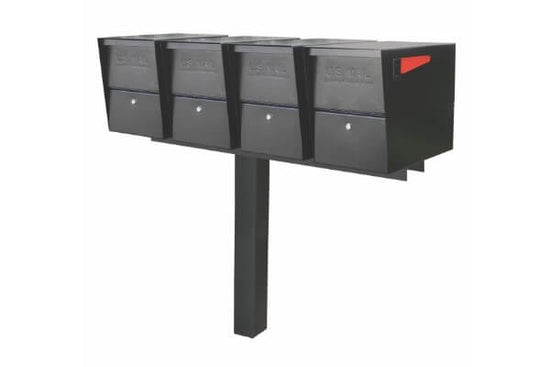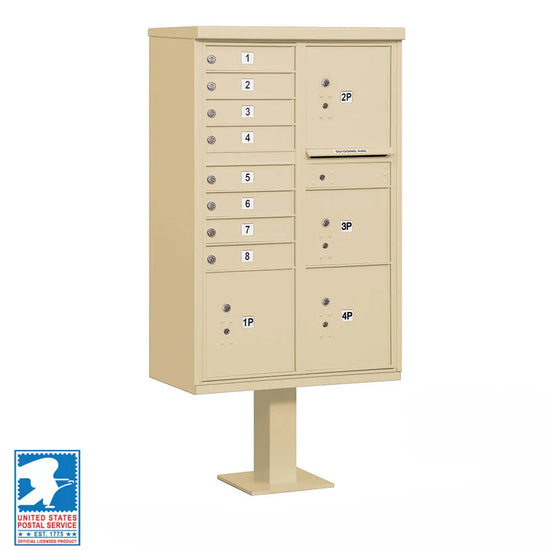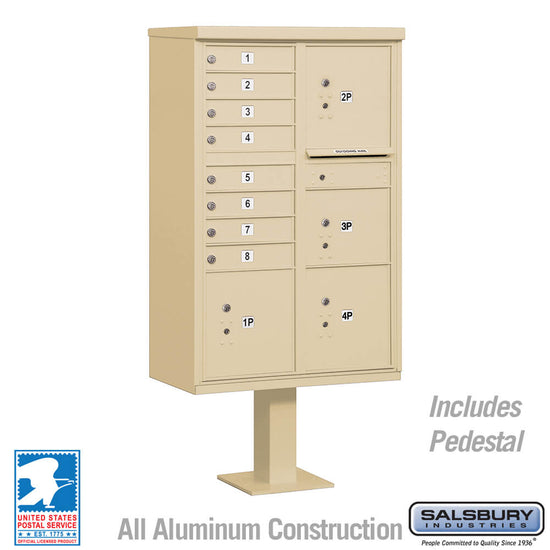Mail theft is still a major concern allowing thieves to easily steal your identity. Even though the numbers for cybercrime are rapidly increasing, cybercrime requires immense technical skills unlike the act of physically stealing your mail and impersonating you. Annual reports from the US Postal Service state that more than 2,637 individuals were convicted of Mail Fraud and Mail Theft but in reality the number is significantly higher since many individuals are not reported and never caught.
What is identity theft?
“the fraudulent practice of using another person's name and personal information in order to obtain credit, loans, etc.”
- In 2017 alone there were 7 million victims of identity theft constituting 6.64 percent of consumers in the US, or about 1 in 15 people.
- $16.8 Billion lost due to fraud
- Identity theft occurs at a rate of about 1 person every 2 seconds
How does it actually work?
In order for someone to steal your identity, they require your personal details such as the following
- Full name
- Social Security Number
- Birthday
- Address
- Names of pets
- Name of Children
- Phone Number
- Birth Place
- …
Once they have this information the next step is to select the method of fraud. There are many different methods but these are the most common especially when it comes to physical identity theft.
-
Social security identity Theft – Existing Account takeover
Your existing accounts are accessed by a fraudster allowing them to max out your credit cards, file claims against your insurance or even directly access and withdraw money from your accounts. -
New account identity theft
A new account is created in the form of a credit card or a bank loan which is under your name. This is one of the most difficult forms of identity theft to spot and tackle since statements are sent to them and not you. It does, however, affect your credit and you are liable to pay for the money they have spent. -
Tax identity theft
No one likes doing their taxes but it’s even worse if someone files your taxes on your behalf and claims your refund. -
Criminal identity theft
Your identification information is used in other crimes. They may have created a driver’s license or another form of ID in your name and when they are caught in a crime hand over your personal information instead of your own. - Employment identity theft
A personal unable to get a job because of a criminal record of poor credit uses your information to get a job. The employer then reports income to the IRS, which in turn expects taxes to be paid on the income earned by the fraudster.
Today we mostly think of identity theft in terms of the internet. Every day we hear about yet another major website which had its customers information stolen and sold to the highest bidder on the internet. These are however just the largescale attacks we hear about because they make the mainstream news.
In reality, this is not the case. More identity theft occurs through old-fashioned ways which always starts off with gaining access so your personal information via your mail. The most basic approach for any fraudster is to pull pieces from your mail that contain sensitive private information. This is just as easy at it sounds, after the mail is delivery they drive up to your mailbox and take some of it, but not everything as this would raise suspicion. They do this over a period of time until they have enough information to further proceed and steal your identity to gain a financial benefit.
How can this be prevented?
-
Don’t leave your mail in your mailbox
Make sure to get your mail as soon as it’s delivered. -
Have a locking mailbox
Refer to our product collection for secure locking mailboxes -
Have a mailbox that is hard to break into
Not all locking mailboxes are created equally. Those made out of plastic are often the easiest to pry open and damage can be hard to spot. The type of locking mechanism that is used also plays a major role; if the key is not unique anyone can buy a replacement key for your mailbox and open it as they desire without you noticing. The best mailboxes are made of a hardened metal and are extremely difficult to access. One should also remember to securely install the mailbox, prevent anyone to steal the entire mailbox. -
Be aware of when you are expecting sensitive mail
If the mail doesn’t arrive as expected, follow up immediately with the sender and if necessary, cancel any critical information that is contained within, e.g. credit cards or pin codes -
Shred any mail with sensitive info before throwing it away
Often times we throw away old documents which contain information that we don’t see as critical but in the hands of a skills fraudster this can lead to a further case of identity theft -
Don’t send checks via home mail
Electronic payments and online banking have made mailing checks an unnecessary risk -
Make use of the post offices new service which allows you to get digital copies of any incoming mail
You can check out this new feature on the USPS Website here
If your mail is still stolen all hope is not lost
You should immediately file a complaint with the U.S. Postal Inspection Service and regularly monitor your credit for any abnormalities. If it becomes necessary you may need to proceed to temporarily freeze your credit with the three major credit bureaus but this should be a last resort.
Final Word
The best protection is to secure your mail the first chance you get. It is essential to make use of the U.S. Postal services mail preview service. A locking mailbox further serves as a deterrent for any potential thieves making you a more difficult target.
Disclaimer: The views expressed in this article are the author’s alone and not those of any credit card issuer, other company or bank and have not be other reviewed or endorsed by any other entities.










